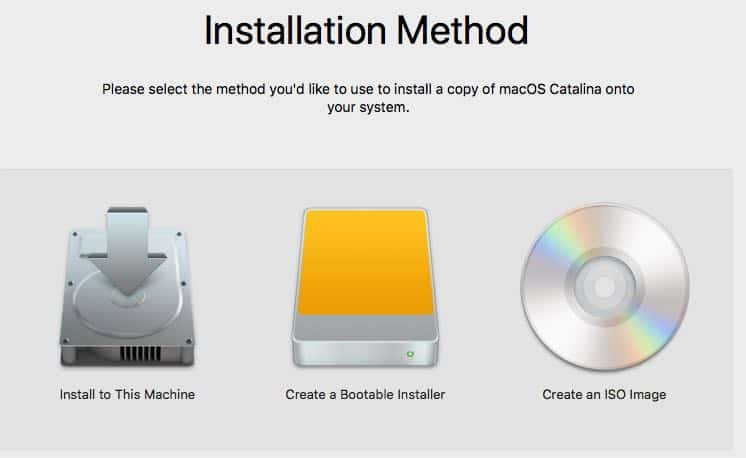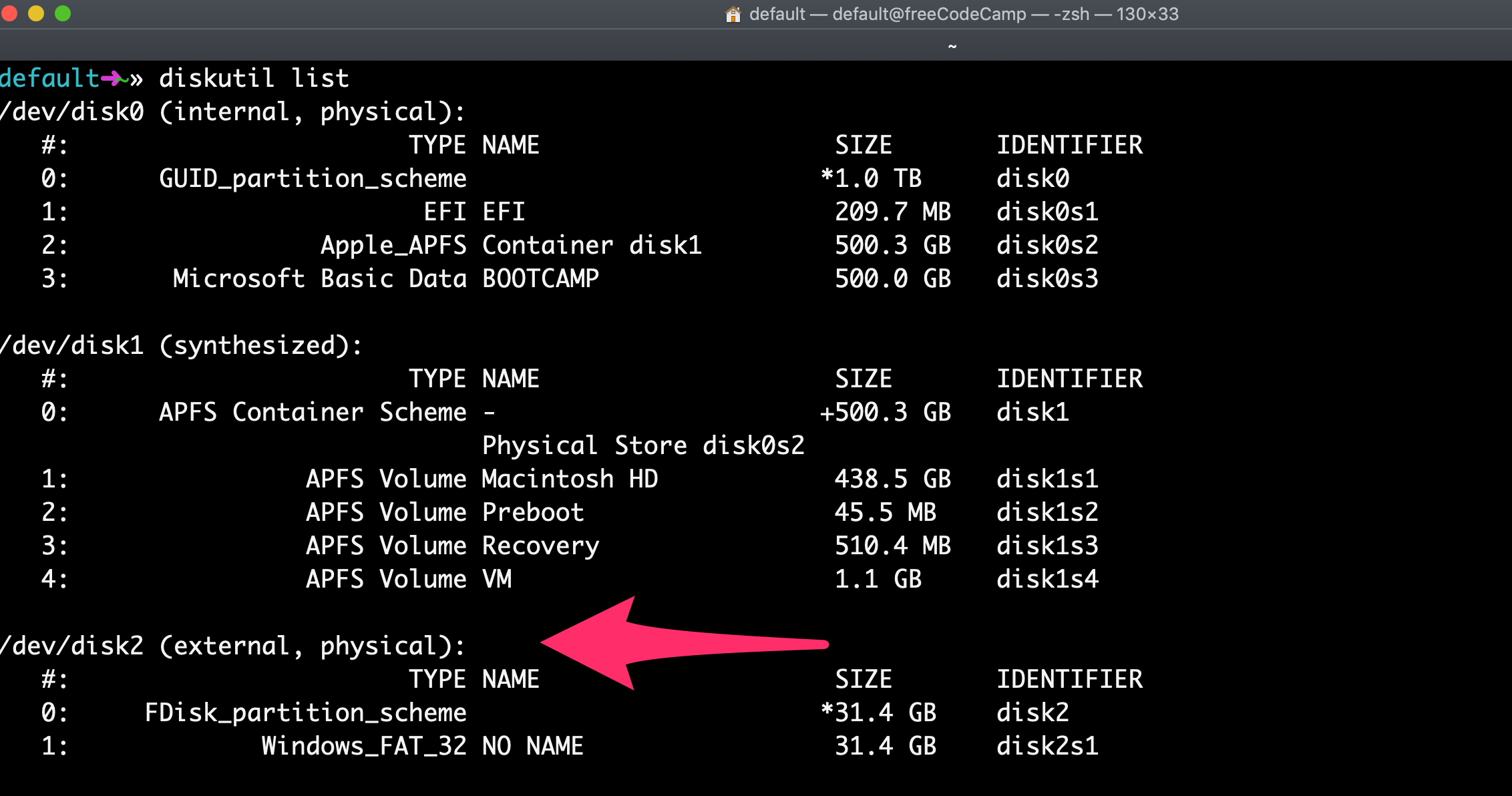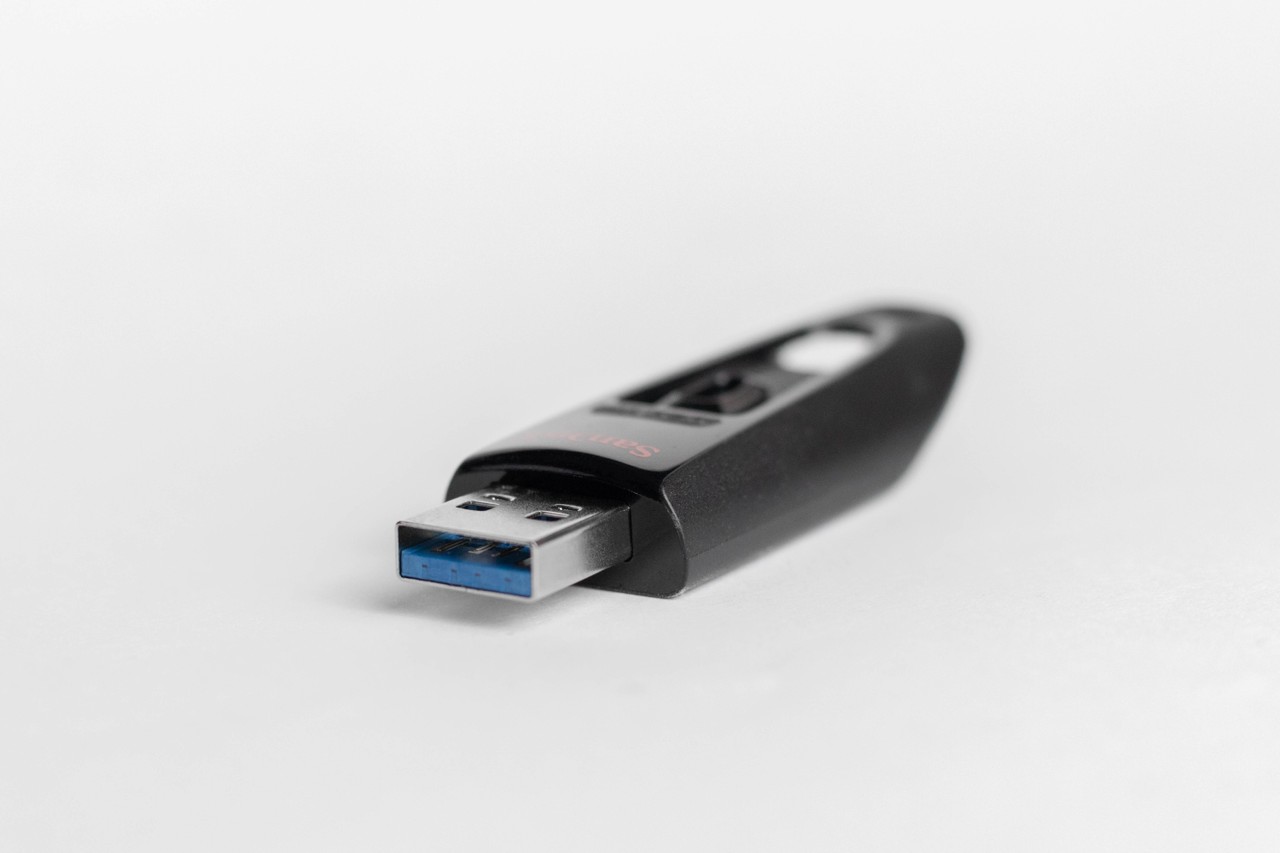

- #MAKE A BOOTABLE DISK IMAGE FOR MAC USING PC HOW TO#
- #MAKE A BOOTABLE DISK IMAGE FOR MAC USING PC MAC OS#
- #MAKE A BOOTABLE DISK IMAGE FOR MAC USING PC INSTALL#
- #MAKE A BOOTABLE DISK IMAGE FOR MAC USING PC ARCHIVE#
- #MAKE A BOOTABLE DISK IMAGE FOR MAC USING PC FULL#
SSDs are much more reliable and advised to use in production environments. But be careful finding out output disk "of", use fdisk -l to list your partitions. Something like dd if=hiveos-XXX.img of=/dev/sdX bs=10M status=progress. The ready rig.conf file can be downloaded from the rig’s settings.Īdvanced Unix (Linux or Mac) users can use dd to write RAW image to disk. Please find rig-config-example.txt on HIVE drive.
#MAKE A BOOTABLE DISK IMAGE FOR MAC USING PC ARCHIVE#
It can write unpacked ZIP archive as well.Īlternatively you can use Rufus as an image writing tool.Īfter the image is flashed you will discover newly created drive in your system where you will be able to precreate rig.conf with worker's ID and password or FARM_HASH. Now connect the USB and power on your Mac computer while holding the option key and then select the USB Flash media to run the installation.Etcher is a recommended tool to write Hive images on the drives. Now make a bootable USB using the TransMac software (follow instructions that are given above). Quickly create a macOS bootable USB on Windows

Enter the clean command and press Enter.This command will select the disc partition of your choice. Type the select disk command followed the number assigned for the USB flash drive (e.g., select disk 4), and press Enter.This command will show all of the partitions inside of a disc. Enter the list disk command to view all drives connected to your computer and press Enter.This will display that is connected to your computer. Type the diskpart command and press Enter.Type cmd in run dialog or open it from the start menu. Open Command Prompt as an administrator.In this case, you want to redo the entire process again, but this time use the following steps to use the Diskpart command-line utility on Windows to create the appropriate GPT partition. If the USB flash drive is not working using TransMac, it could be still a partition problem.
#MAKE A BOOTABLE DISK IMAGE FOR MAC USING PC HOW TO#
How to create a GPT partition on a USB flash drive
#MAKE A BOOTABLE DISK IMAGE FOR MAC USING PC INSTALL#
Now plug the USB drive into Mac computer in order to install, install or upgrade the operating system to the latest version of Mac OS, which can be Sierra or later. It will take a few minutes to complete the process because the Mac Operating System is larger than any other operating system like Windows and LINUX in size. Click Yes to create the macOS USB bootable media.
#MAKE A BOOTABLE DISK IMAGE FOR MAC USING PC MAC OS#
Now browse to the location where the Mac OS system image file is located and click ok to load it. Again from the left sidebar right-click on the USB drive and select restore with disk image. If the formatting is completed successfully, click OK to continue. When it prompts select a name for your USB it doesn’t matter but just do it and click ok. One thing you need to take care of that the USB drive needs in GPT partition in order to work on a Mac computer otherwise it won’t boot. Use your USB drive right-click on it and select format disk format this will format the USB drive so that it can be used to store the Mac OS operating system. Bootable macOS Catalina USB on Windows 10 If you’re using the trial version, wait 15 seconds, and click Run. Open the TransMac, and select Run as administrator.

And we are going to tell you something straightforward – backup if things are stored in USB Drive. Plug the USB drive into your Windows computer that you’ll be using to fix your MacOS.
#MAKE A BOOTABLE DISK IMAGE FOR MAC USING PC FULL#
If you like the software and to support the developer you can buy the full version.

It’s paid software with a 15-day trial, so you can use it within the time to create a bootable macOS USB flash drive. Download and install TransMac on your Windows PC.


 0 kommentar(er)
0 kommentar(er)
